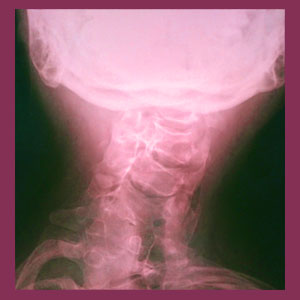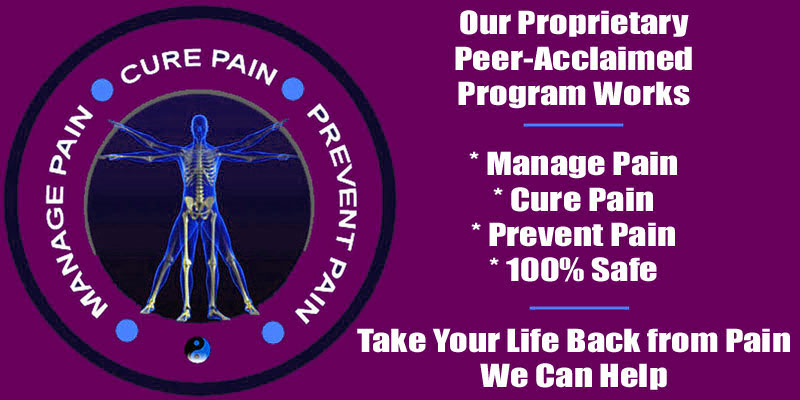
Scoliosis paralysis is a very rare and dire consequence of the worst types of atypical lateral spinal curvature. Paralysis can occur generally or in specific areas of the body due to extreme spinal and/or foraminal stenosis caused by misaligned or blocked spinal canals.
Paralysis is certainly not a common result of scoliosis and in fact is a very seldom observed consequence of the very worst cases that have gone untreated for long timelines of development. Unfortunately, since paralysis is caused by neurological trauma, it might be permanent, even after treatment is finally received. However, this is not a certainty, as some cases of paralysis can improve once the neurological compression has been resolved or even organically resolve without treatment.
This discussion details how and why paralysis can occur due to scoliosis. We will explore the varieties of paralysis that we have observed clinically and the circumstances that caused these sorrowful events to occur.
Types and Locations of Scoliosis Paralysis
Location of paralysis will depend completely on the type of scoliosis involved. Scoliosis can affect many different areas of the spine and often affects multiple regions of the vertebral column. For more information on specific types of scoliosis, please refer to our dedicated essays covering cervical, thoracic and lumbar scoliosis in single zones of the spine, as well as cervicothoracic, thoracolumbar and cervicothoracolumbar scoliosis affecting multiple spinal zones.
Scoliosis can involve dramatic changes in the patency of the central spinal canal and foraminal openings. This results from not only the lateral curvature, but also from the vertebral rotation and sagittal movement of the spinal column in response to the atypical curvatures.
When the central spinal canal loses patency, the spinal cord can be compressed or otherwise injured in the neck, upper back and middle back, while the cauda equina can suffer similar fates in the lower back. Since it is commonplace for scoliosis to dramatically alter the spinal discs in highly affected levels, the cord or cauda equina might be directly compressed by bony surfaces of vertebrae, making permanent trauma even more likely.
Similarly, the neural foramen will often be narrowed, misaligned or closed off completely at severely affected spinal levels. This can cause pinched nerves that can affect virtually any part of the body, depending on where they occur.
Paralysis from Spinal Curvature
Paralysis comes in different forms and symptomologies, including various manifestations of complete and incomplete paralysis. In compete paralysis conditions, all ability to move the affected area is lost in totality. In incomplete paralysis conditions, some degree of motion is lost, while some remains. The amount of movement ability that might be lost or remain will vary from patient to patient and condition to condition. Furthermore, this ability to move might change, including worsening or improving organically with time, position, activity or idiopathic factors.
Central spinal stenosis can cause general paralysis below the affected compressed levels of the spinal cord or cauda equina and usually presents much worse than foraminal stenosis. Pinched nerves due to foraminal stenosis will only affect highly specific and limited parts of the anatomy, so these conditions are more self-limiting and less likely to become immediate life-threatening medical emergencies.
In addition to scoliosis paralysis, most patients will suffer sensory deficiencies as well as motor deficiencies. Patients might loss all feeling in cases of objective numbness, or may lose some feeling and suffer feelings of tingling, paresthesia and weakness in areas that also suffer incomplete paralysis.
Scoliosis Paralysis Remedies
Paralysis related to scoliosis is typically grounds for immediate surgery. Usually, this will involve as attempt to correct the scoliosis to a less symptomatic degree at focal areas of stenosis, while decompressing neurological tissues and opening up stenotic nerve pathways. Obviously, this is a very complicated and multi-objective surgical endeavor, often necessitating a combination of laminectomy, foraminotomy, discectomy, corpectomy and/or spinal fusion, as well as the installation of dramatic spinal hardware to secure the fusion.
If paralyzed patients do not receive treatment, they might miraculously improve, temporarily or permanently, but they might also worsen, as these conditions are frequently unpredictable in prognosis.
It should be noted that patients who are under qualified medical care and can access appropriate treatment have virtually no chance of being paralyzed by typical cases of scoliosis, including severe manifestations. Paralysis is most often seen in patients who lack healthcare access, lack the ability to afford healthcare or are subjected to horrific spinal trauma in addition to existing symptomatic scoliosis.





